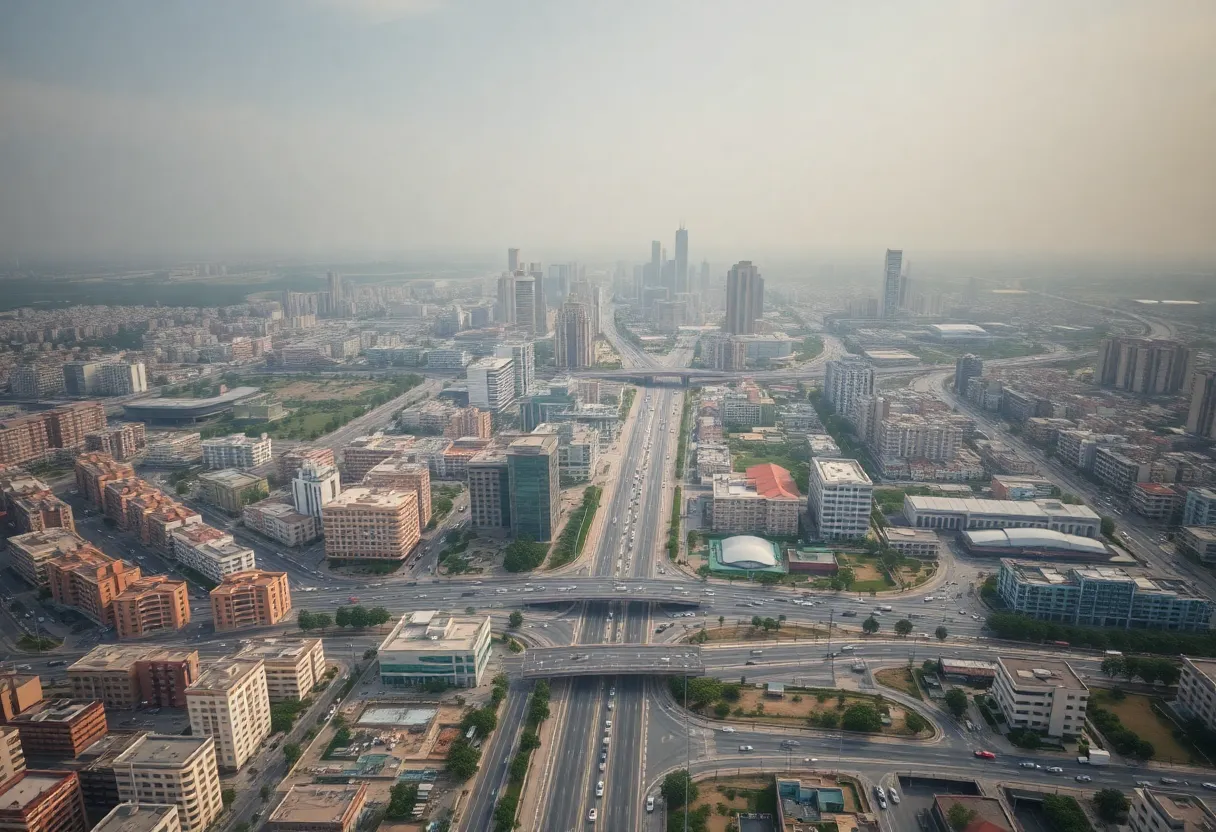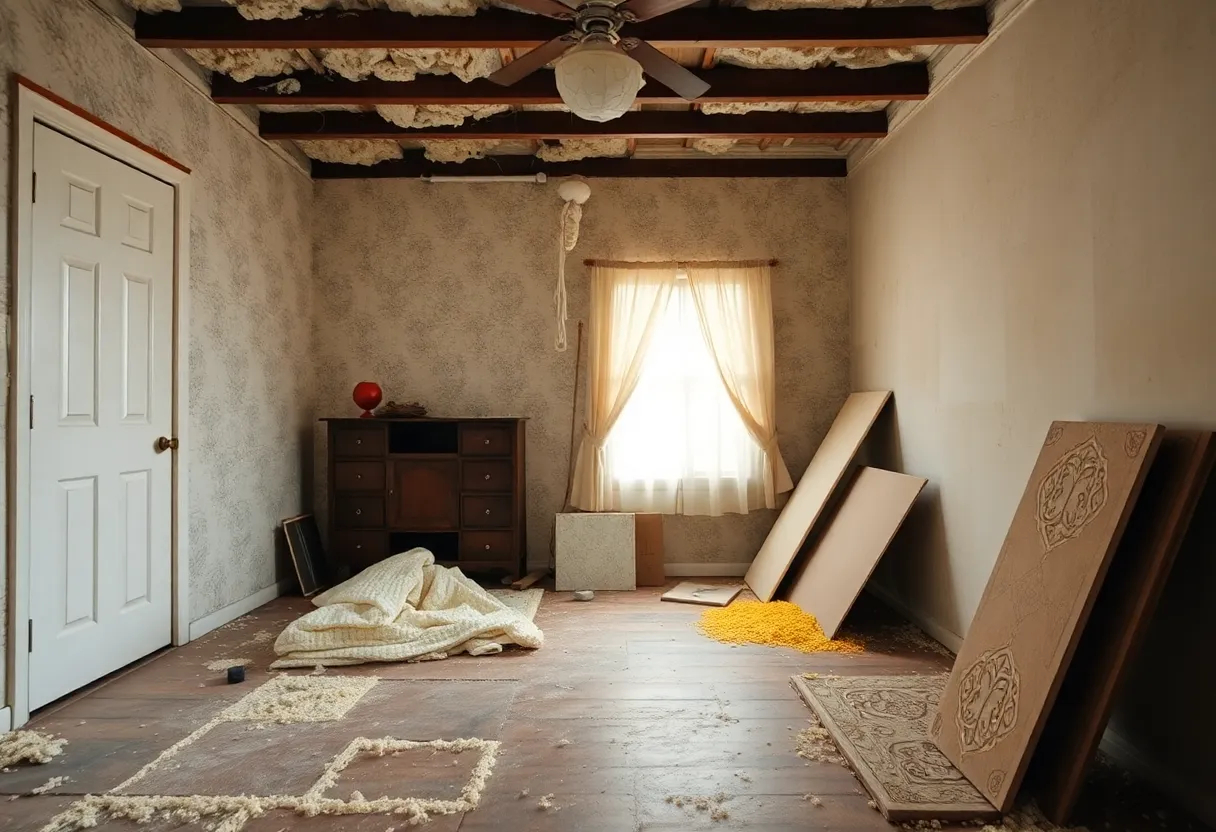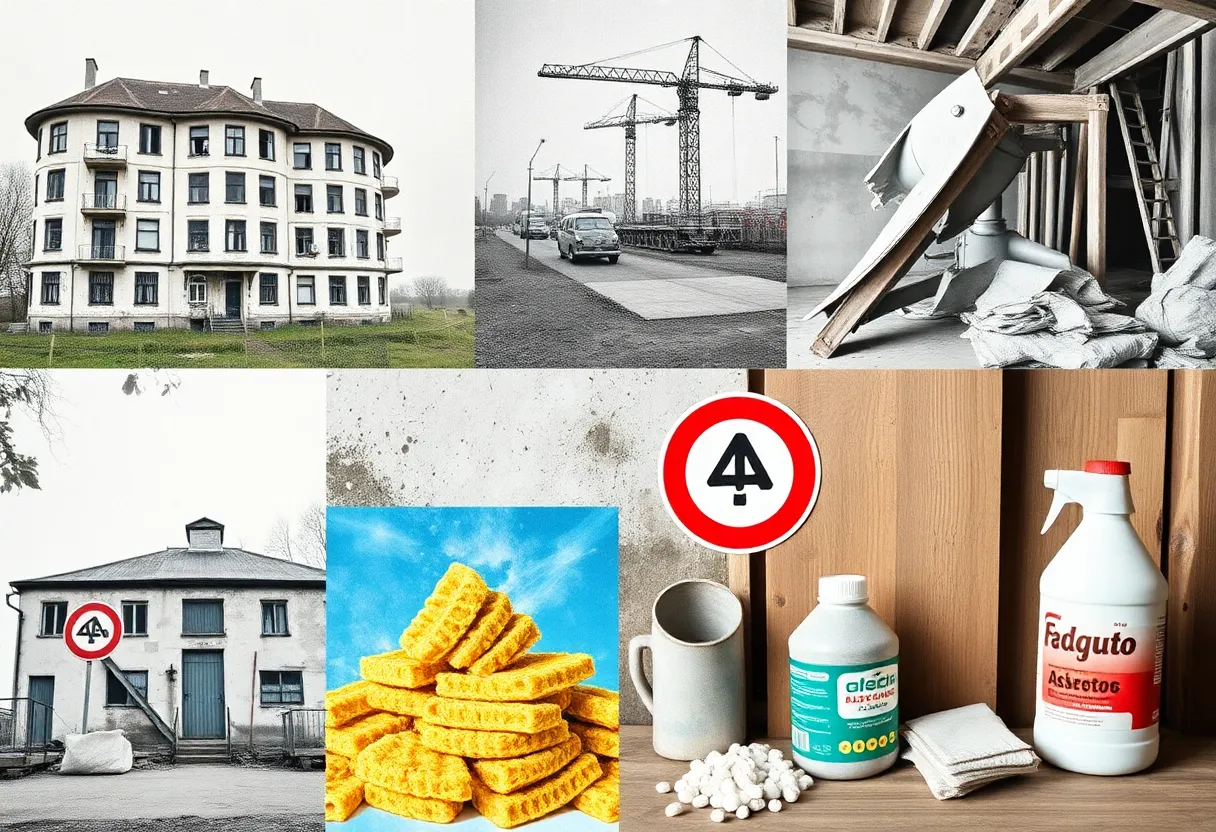News Summary
A recent study in Shiraz, Iran, reveals alarming levels of asbestos fibers, posing significant health risks to the city’s 300,000 residents. The year-long investigation utilized phase-contrast microscopy to analyze air quality across various locations, finding high concentrations of asbestos, primarily from motor vehicle traffic. Despite the 2007 ban on white asbestos, the ongoing presence of airborne fibers raises serious health concerns, necessitating immediate traffic control measures and urban planning initiatives to mitigate risks.
Worrisome Asbestos Pollution in Shiraz: A Critical Health Analysis
A recent study in Shiraz, Iran, has uncovered alarming levels of asbestos fiber concentrations that pose significant health risks to the local population. Over a year-long investigation, researchers focused on analyzing the asbestos levels across various locations in the city, utilizing phase-contrast microscopy (PCM) to gauge exposure. The findings painted a troubling picture for the approximately 300,000 residents living within its aging urban fabric.
Understanding Asbestos and Its Health Risks
Asbestos, a well-known Group 1 carcinogen as classified by the World Health Organization (WHO), is linked to severe lung diseases, including pulmonary fibrosis, lung cancer, and the aggressive cancer known as mesothelioma. It is crucial to note that the health effects from asbestos exposure often develop over a long latency period, typically ranging from 10 to 30 years. While Iran banned the use and importation of white asbestos in 2007, studies reveal a disturbing trend of high concentrations of asbestos still lingering in urban areas like Shiraz.
Study Methodology and Findings
The research assessed asbestos levels throughout various seasons—specifically from May 2019 to February 2020. A total of 18 air sampling sites were strategically established to cover industrial, traffic-heavy, and residential neighborhoods. Sampling was conducted using low-volume pumps fitted with cellulose ester filters, allowing for robust data collection on airborne asbestos levels.
The results were concerning: at the majority of the sampling sites, 60% experienced high concentrations of asbestos fibers, while 20% had medium concentrations. Only 10% of the sites reported low asbestos levels. Notably, the mean Excess Lifetime Cancer Risk (ELCR) attributable to inhaling asbestos fibers was calculated to stand at 1.44 × 10−4, indicating a cancer risk of about 1.44 out of every 10,000 people in Shiraz.
Traffic as the Primary Polluter
One significant takeaway from the study is the identification of motor vehicle traffic as the primary source of asbestos pollution in Shiraz. With the number of registered vehicles in the city soaring from 250,000 in 2007 to a staggering 700,000 by 2014, the increase of 180% has intensified the emission of harmful asbestos fibers into the air, particularly from brake pads that historically contained high percentages—between 33% and 73%—of asbestos.
Lack of Correlation with Population Factors
Interestingly, the investigation found no positive correlation between asbestos concentrations and various population factors such as population density, the number of bus stations, and even green spaces. However, a strong positive relationship was established between asbestos levels and road network density. This correlation suggests that urban design and road layout significantly affect the extent of asbestos pollution.
Recommendations for Mitigation
The study emphasizes the urgency for traffic control measures and the necessity of replacing asbestos in vehicle components with alternative materials to curb pollution levels in Shiraz. The researchers stress the need for continuous monitoring of urban air quality and the implementation of effective urban planning initiatives aimed at mitigating the risks associated with asbestos exposure.
Ongoing Concerns and Future Studies
Despite the ban on white asbestos, the findings in Shiraz reveal a startling prevalence of airborne asbestos, contributing to potential long-term health challenges for the community. With limited existing data on urban airborne asbestos levels in Iran, ongoing vigilance and research become critical in the fight against this hidden yet dangerous environmental threat.
As the study concluded, there remains a pressing need for comprehensive strategies to enhance public health and safeguard residents from the devastating effects of asbestos exposure that linger in the air they breathe.
Deeper Dive: News & Info About This Topic
HERE Resources
Asbestos Mishandling Raises Alarms After California Wildfires
Berkshire Hathaway Specialty Seeks Court Ruling on Asbestos Liability
Surge in Mesothelioma Cases Among Painters Reignites Asbestos Controversy
The Hidden Dangers of Asbestos in Central Asia: A Growing Public Health Concern
The Future of Asbestos Regulation: A New Chapter Unfolds
Scandal Unfolds Over Asbestos Waste Disposal from Wildfires
An Unsettling Shift: The Battle Over Chrysotile Asbestos Ban
Health Under Siege: The Asbestos Crisis and Public Health Setbacks
Contamination Concerns at Crossford Building Site Addressed
Asbestos Fears Loom as Crossford Construction Faces Dust Crisis



















